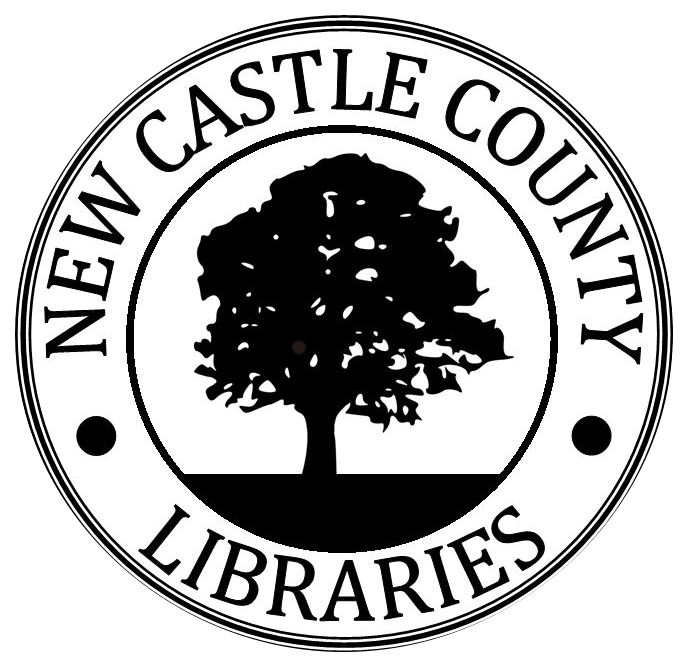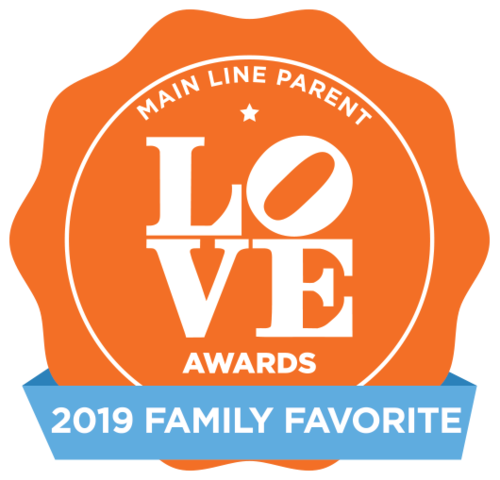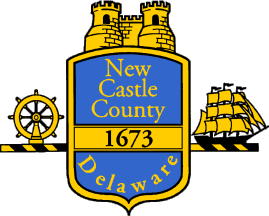Lucky Charms
/When I was young I loved Lucky Charms cereal. It serves no nutritional purpose—in fact, it’s barely food. Other than the milk, it’s nothing more than various forms of carbohydrate, plus some food dye. Nevertheless, I have nothing but good memories of it. My favorite thing to do with the cereal was to eat as many of the oat pieces as possible so I could gather a mound of marshmallow charms in a single spoonful. General Mills claims that the marshmallows make up 25% of each box by volume, but by my recollection that’s a bit of an overestimate. In any case, I always looked forward to wading through the boring cereal part so I could enjoy the fleeting rush of the marshmallows’ glycemic load.
I like to think that I’m not the only one who ever did that. I can’t imagine there are too many kids who eat Lucky Charms for the toasted oats. Today, I find that a scientific field of study is like a bowl of marshmallow cereal. The majority by volume is dry, hard, and boring—the more “nutritious” stuff that forms the base of the material, necessary but dull and unexciting. Scattered among the chunks of cardboard, though, are the coveted sugary charms, the yellow moons and green clovers that make the whole experience worthwhile.
An unfamiliar scientific discipline can be a dark, convoluted, intimidating place. I love linguistics in general, but it’s those little easter eggs I find while foraging through the underbrush that make me glad I ever ventured into the woods in the first place. Wait, I think that’s too many metaphors for one blog. Back to the Lucky Charms… below are 14 of the marshmallow bits I’ve discovered while studying language. Not everyone will find all these trivial pieces as appealing as I do, but I guarantee that every person will be intrigued by at least one:
- On the mountainous and forested island of La Gomera in the Canary Islands of Spain, there is a language known as Silbo Gomero, which consists entirely of whistles. Long before the arrival of the Spanish, it was used by the indigenous Guanche people to communicate across the island’s steep hills and deep ravines from over two miles away. It is still used today by a large number of La Gomera’s 22,000 inhabitants. Silbo Gomero does not have its own independent grammar; it is simply a whistled method of speaking the Spanish language, with different pitch and duration patterns representing particular vowels and consonants. Before Spanish, it was used with the native Guanche language. Studies have shown that Silbo Gomero is processed in the same parts of the brain responsible for regular language comprehension.
- Words in all languages undergo changes in meaning, some quite drastically. In the Middle Ages, the word nice meant “silly” or “foolish,” and the word silly meant “blessed” or “fortunate.” To someone from the year 1350, the admonishment “Don’t be silly, she’s very nice!” would make no sense at all. Notice that the cognates of these words in other languages retain the original meanings: in German, selig still means “blessed,” and in Spanish, necio still means “foolish.”
- Most of us know that an oxymoron is a word or phrase with seemingly contradictory elements: “bittersweet,” “serious fun,” or “awfully good.” Shakespeare was an oxymoron enthusiast, viz., “Parting is such sweet sorrow” and “O heavy lightness!” Some phrases are called oxymorons for comic or satirical effect, such as “military intelligence,” “American culture,” and “business ethics.” One of my favorite oxymorons is the surname of Oxford language professor and Lord of the Rings author J. R. R. Tolkien, at least according to his own preferred etymology. Tolkien himself said his name was derived from the German word tollkühn, meaning “foolhardy.” The underlying Germanic roots mean “dull” and “keen” (that is, “sharp”), making the German word and his name a perfect semantic oxymoron: “dull-sharp.” But let’s take it a step further… what does the word oxymoron literally mean? The Greek root oxy means “sharp,” and moron means “dull”; thus the word oxymoron is itself an oxymoron, and it means the same thing as Tolkien in reverse: “sharp-dull.” For this reason the man sometimes called himself by the moniker “Oxymore” as an inside joke. Some scholars have found evidence that Tolkien’s surname may actually come from either a Norman or Prussian place name, but I choose to stick with his own version.
Many acronyms have well-known meanings: FBI (Federal Bureau of Investigation) and NBC (National Broadcasting Company), for example. Others are less familiar. Sometimes it’s because they abbreviate foreign words, such as KGB, which stands for the Russian Komitet Gosudarstvennoy Bezopasnosti (“Committee for State Security”). The word also might not even be recognizable as an acronym: Taser actually stands for Thomas A. Swift’s Electric Rifle, referring to a 1911 young adult novel.
- Just as many people talk in their sleep, deaf people have been found to sign in their sleep. Deaf babies also make random, nonsense signs in the same way that hearing babies babble verbally. Perhaps an even more intriguing phenomenon occurs among deaf children born to hearing parents who do not teach their kids a standardized sign language such as ASL, whether due to poverty, isolation or neglect. These children will begin developing their own unique sign language—often known as kitchen signs—in order to describe the actions and objects they encounter in their daily lives. When other deaf siblings are present in the family, this homegrown sign language can become much more elaborate as it gets fleshed out among the children. Though kitchen signs never quite approximate a real codified sign language, they have far-reaching implications regarding the universality of language development, as well as the critical period hypothesis.
Hyperforeignism is the act of attempting a native pronunciation of a foreign word but doing so incorrectly. For example, the “Taj” in Taj Mahal should be pronounced so as to rhyme with “dodge” and not “massage.” The usual English pronunciation is hyperforeign. The same goes for the j in Beijing: it should be pronounced as in the English word “jingle.”
- Old English had a love affair with compound words. If you ever read Beowulf in your high school English Lit class, you might be familiar with the literary technique known as the kenning. This is a figure of speech in which two words are combined to refer more poetically to a mundane concept. In Beowulf, the sea is given names like hronrad (“whale-road”) and fiscesethel (“fish-home”). The human body is at one point called a banhus (“bone-house”). In one Old English translation of the Bible, the sun is referred to as heofoncandel (“heaven-candle”). Not many people would guess, however, that the modern word lord started out as a kenning. In early Old English, the word for the head of a household or manor was a hlafweard, meaning “loaf-ward,” that is, the keeper or guardian of the bread. In those days, if you controlled the allotment of food, then you were the master of the house. Over the centuries, this very common word started shortening and simplifying, going through a transformation something like this: hlafweard —> hlaford —> loverd —> lourde —> lord. In Anglo-Saxon England, the woman of the household was the “bread-kneader,” which in Old English was hlæfdige. This word, of course, became lady.
- The field of psychology has given rise to a crop of new coinages, odd agglomerations of Greek and Latin roots whose inscrutability masks the sometimes absurd nature of the referent. Some maladies are disturbing and truly serious. Others may be equally serious to the patient but hard to actually take seriously. Two of my favorites are bromidrosiphobia—the hallucinatory preoccupation that one is emitting offensive body odor or bad breath that is detected by everyone else—and gamomania—the pathological obsession with making extravagant marriage proposals. A person with both afflictions is likely doomed to a lifetime of disappointment.
- The word like has become one of the most common fillers or hedging words in English. It’s especially prevalent among Millennials and is the bane of their parents’ existence. However, the word in its modern form has been around since at least the 1950’s, was used extensively by the Beatniks and subsequently by the Hippies, and has always seemed to be linked to rebellious youth culture. After being further popularized during the 80’s and 90’s via association with the Southern California “Valley Girl” stereotype, the word took on a life all its own. Many other languages have their own filler words. Most of Latin America has este (meaning “this”); Mandarin uses nèige (“that”); Arabic speakers often say ya’ni (“he means”); and young Romanians usually say gen (“type” or “kind”) at the end of sentences. Another term for these “meaningless” words that fill empty space in conversation is speech disfluency, and the phenomenon seems to exist to some degree in every language on Earth.
- The word sneeze actually used to start with an f. In Old English the verb was fneosan and was pronounced exactly as written. That word ultimately shares a root with the Ancient Greek word pneo, which means “breathe” or “blow.” From that Greek verb we’ve derived words like pneumatic and pneumonia. The relationship to the act of sneezing, of course, centers around the lungs or the expulsion of air.
- Africa is famous for having “click” languages, of which only a relative few survive. These clicks are not stylistic; they actually have phonetic value, and they’re as crucial to meaning as a vowel or consonant. In the opening scene of The Lion King, the song “Circle of Life” begins with a chant in Zulu. If you listen carefully, you can hear a click. About 24 seconds in, the lead male vocalist Lebo M sings the word “Siyonqoba,” meaning roughly “We will overcome.” The q in that word actually represents a click made with the tongue against the roof of the mouth, as if to imitate popping a cork off a bottle. Without that click the word would make no sense in Zulu.
Trademark genericization is one of the many ways of coining new words. When I cut my finger I look for a Band-Aid, even if it’s actually a Curad bandage. Sometimes a person with a cold will ask me for a Kleenex, even though I may actually give them a Puffs tissue. You might say you’re doing a PowerPoint but actually use Keynote. If you’ve spent a significant amount of time in the South, you may have heard a waiter ask what kind of Coke you want—a Sprite or a Dr. Pepper? The list goes on. Companies that put up resistance against this have unwittingly resigned themselves to fighting a losing battle. It’s simply what happens to words, trademarked or not. Most people forget that the following words were once—or still are—registered brand names: aspirin, breathalyzer, heroin, jacuzzi, novocain, popsicle, taser and velcro, to name only a few.
- Back to The Lion King for a moment… the phrase hakuna matata really does mean “no worries” in Swahili (it’s literally “there are no problems”), although virtually no one in Tanzania or Kenya ever uses it in conversation. Most likely because there usually is a problem.
- The Klingon language was developed by linguist Marc Okrand for use in the Star Trek franchise. I doubt that anyone, even Okrand himself, could have predicted that today there would be a respectable number of fluent and semi-proficient speakers; Klingon translations of Hamlet, Gilgamesh, and the Bible; and even an opera entirely in Klingon. So many movies and TV shows have made reference to the language (just watch any random episode of The Big Bang Theory), that it can safely be asserted that Klingon has become fully cemented in pop culture, and not just in the world of science fiction fandom. A man named d’Armond Speers even attempted to raise his son as a native Klingon speaker; apparently the boy came to understand quite a lot, but by age five stopped playing along. Watching everyone roll their eyes as soon as your dad starts speaking a TV alien language would probably turn you off to the idea. By the way, the Klingon Language Institute is located in Flourtown, Pennsylvania.











